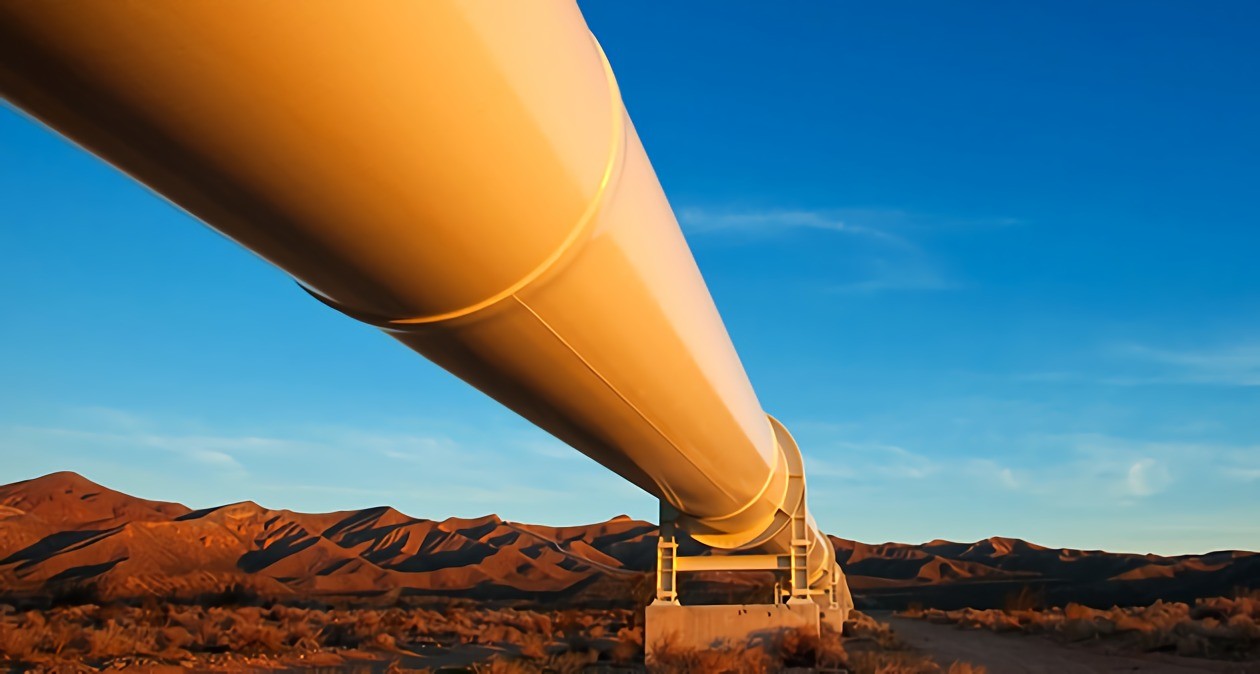
The allure of California has driven countless droves of people west. With its dry climate and minimal precipitation—especially in the southern region—California could not have supported densely populated cities and massive agricultural developments had the state’s leaders not fought for the creation of a dedicated water infrastructure during the Great Depression. It was skilled workers, however, who ultimately built the water conveyance structures that the state depends on today. Now in the midst of an epic drought, California will continue to rely on welders and pipefitters to construct new systems for bringing water to the thirsty state.
California State Water Project: 80 Years Later and Still Going
The California State Water Project began with the Central Valley Project in 1935 when the Shasta Dam and approximately 100 miles of pipelines were constructed. Although exact statistics on the number of skilled workers needed for the project remain unknown, the 1930s marked a transition from riveting pipelines to welding them, so this project and similar ones would have required skilled welders. When compared to the millions of others who were out of work, a wage of $1.10 for those with pipefitter or welding training was impressive. In fact, welders made more per hour than any other worker on the project.
California State Water Project contractors still perform all work, including maintenance and new construction projects, for the California State Water Project. These contractors, who make payments toward debt owed to the federal government for the construction of the system, are responsible for hiring, paying, and providing continuing education for welders, pipefitters, and electricians involved in the project. Over time, the California State Water Project has expanded to include 21 lakes and reservoirs, numerous canals, and the California Aqueduct, which enables transport of water across the sloping California hills. However, even these advancements have not halted the progression of the current drought in California.
Carlsbad Desalination Project: California’s Water Future
Seawater desalination plants are one solution to the water problem currently being explored. Poseidon Water is currently building the largest desalination plant in the western hemisphere in Carlsbad at a cost of more than $1 billion. Every day, pipefitters and welders are installing up to four sections of the 10-mile pipeline necessary for the project. Furthermore, the desalination plant’s construction has resulted in more than 2,500 jobs for skilled workers. This figure does not represent the total number of jobs created, however, as welders are responsible for the fabrication of the pipelines prior to installation within the site. As of March 2014, the project was more than halfway completed, which equates to another two years of demand for skilled labor trained in pipe fitting and welding in the San Diego area.
California Faces an Aging Water Infrastructure
In addition to projects to bring water to Californians, the state must deal with an aging water infrastructure. At present, leaks and blows to underground pipes in the state’s water distribution systems lose up to an estimated 228 billion gallons annually, which is more than enough to supply Los Angeles with water for a year.
Have You Considered a Career in the Skilled Trades?
Fill out the form to recieve a no obligation info packet.
California could not have reached its present level of development and diversity had it not been for the California State Water Project and the welders, pipefitters, and other skilled trades workers who constructed it. What’s clear from the current drought and aging infrastructure is that the state still needs skilled workers to contribute to vital water projects. Learn how to start a career in welding or pipefitting by contacting Tulsa Welding School.
This blog has been labeled as archived as it may no longer contain the most up-to-date data. For a list of all current blog posts, please visit our blog homepage at https://www.tws.edu/blog/




